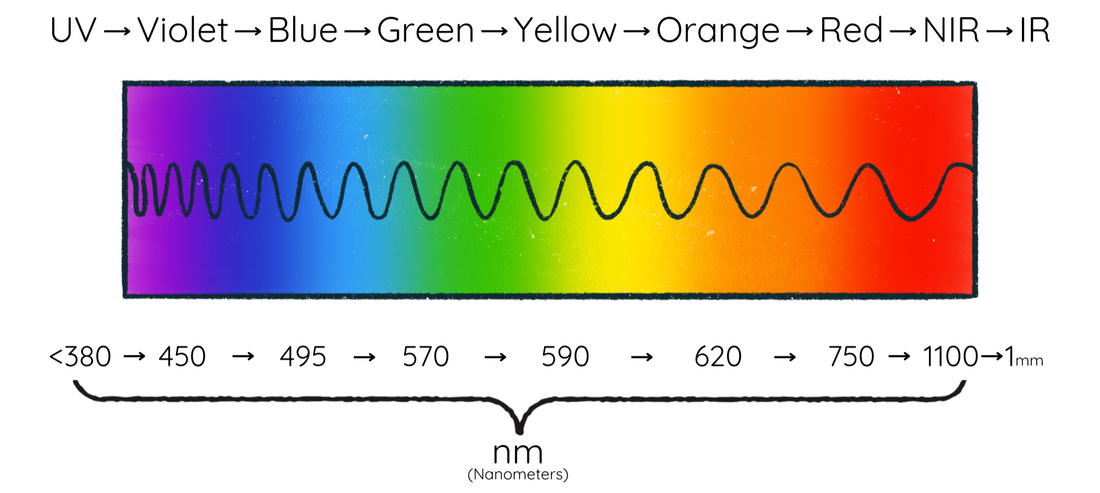
Which wavelengths are best for red light therapy?
Share
The most common wavelengths which are included in almost all red light therapy panels (including ours) are:
- 660nm (red)
- 850nm (near-infrared)
This combination works well because the red light treats the skin while the near-infrared penetrates deeper and treats underlying tissue and muscles. To cite a 2019 paper, combining multiple-wavelength sources "can present a therapeutic advantage by providing concurrent energy delivery to biological tissues at different depths.”
The industry trick here is brands claiming that these particular wavelengths are chosen because they are the most researched; while there are studies on 660nm and 850nm, to say they are the most researched simply isn't true.
If you look through the literature you will observe a range of wavelengths being researched, with the 600-700nm (red) and 800-900nm (near-infrared) ranges yielding most of the promising results and the 700-800nm range being relatively ineffective/inert.
The real reasons 660nm and 850nm are so commonly used is:
- They are some of the most mass-produced LED wavelengths which keeps costs down
- They sit around the middle of the two most effective treatment ranges (600-700nm and 800-900nm)
Using these wavelengths in red light therapy panels strikes a balance between commercial viability and delivering a research-based product.
However to better reflect the promising research of 630nm, 810nm and 830nm red light therapy we added a few additional well-studied wavelengths to the our Hero Series panels with the intention of increasing your coverage while keeping our panels affordable:
630nm: 10%
660nm: 40%
810nm: 5%
830nm: 5%
850nm: 40%
If you look at our competitors, you will see few have 5 wavelengths and those which do are either more expensive of poorer quality.
Likewise, we have paid similar attention to selecting research-backed wavelengths for our red light therapy LED masks and direct on skin devices. See more details along with wavelength specific studies on our Wavelength Research page.








